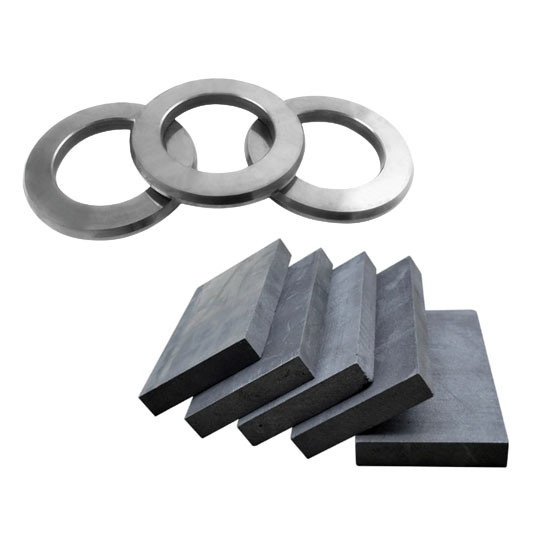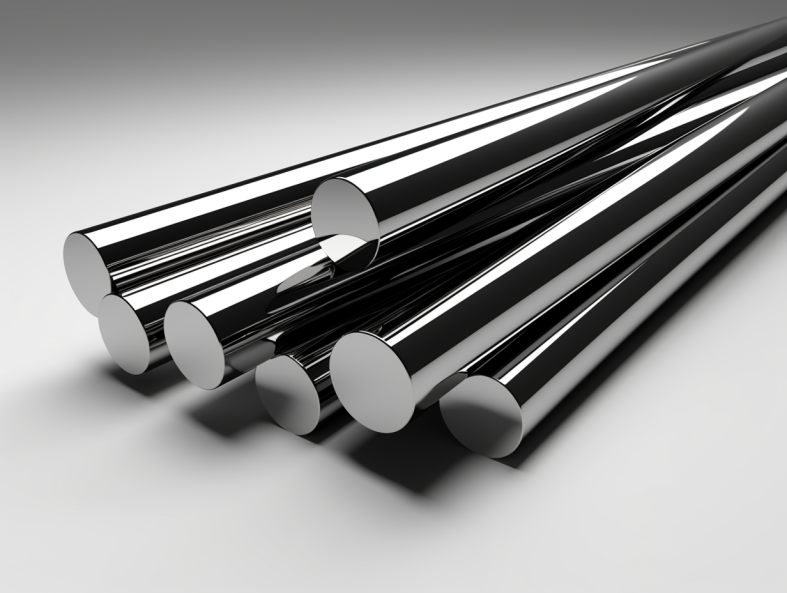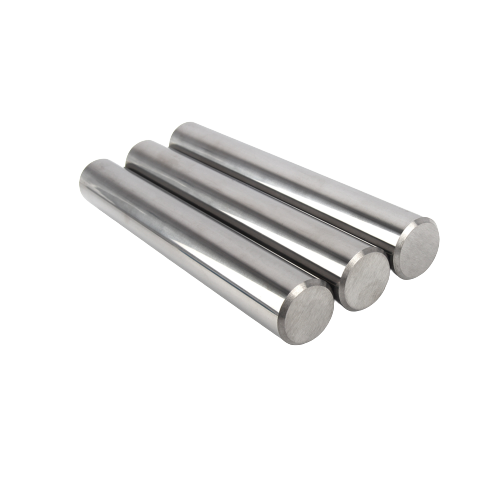自動車産業における超硬合金の重要性
炭化物 は、現代の自動車製造におけるゲームチェンジャーとして登場した。軽量で耐久性に優れ、耐摩耗性に優れた素材への需要が高まる中、自動車メーカー各社は、超硬合金ベースの部品を採用する傾向を強めている。機械加工に使用される切削工具の寿命向上や自動車部品の性能向上など、超硬合金は自動車をより効率的で頑丈なものにするために重要な役割を果たしている。
現代の自動車には、高温、極度の摩擦、高荷重に耐える材料が必要です。炭化物、特にタングステン、チタン、シリコンをベースとした組成物は、これらの厳しい条件を満たすように調整されており、重要な部品の摩耗を最小限に抑え、耐用年数を延長します。
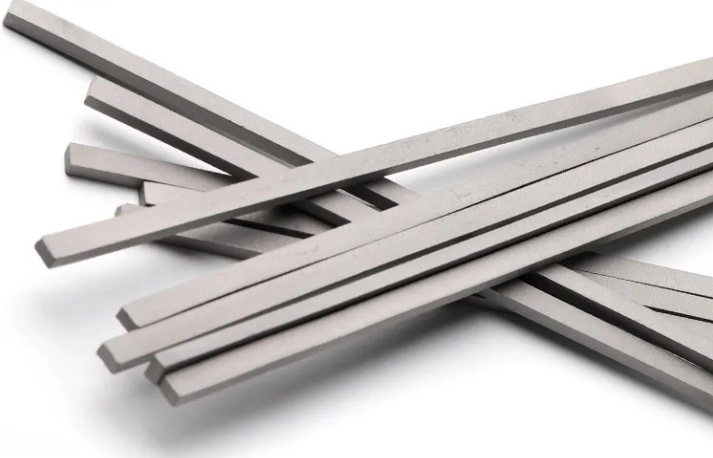
なぜ自動車メーカーの採用が増えているのか 炭化物?
自動車分野における超硬素材へのシフトは単なるトレンドではなく、必然的なものです。電気自動車(EV)、ハイブリッド技術、燃費規制の進歩に伴い、メーカーはより強く、より耐熱性の高い材料を必要としています。超硬合金は以下を提供します:
- 優れた硬度 - 鋼鉄よりもはるかに硬く、自動車用工具や部品の寿命を向上させる。
- 高い耐摩耗性 - 摩擦の多い部品に最適で、交換頻度を減らすことができる。
- 耐熱性 - 高温用途、特に内燃機関やEVパワートレインに最適。
- 効率アップ - 超硬合金は加工精度を高め、材料の無駄を省き、製造コストを削減する。
超硬合金ベースの部品を採用することで、自動車メーカーは、より長持ちし、性能が高く、メンテナンスが少なくて済む高性能車を開発することができる。
炭化物とは何か?定義と主成分
炭化物は、炭素と金属元素からなる化合物であり、一般的にはタングステン(WC)、チタン(TiC)、シリコン(SiC)である。これらの材料は 卓越した硬度、強度、耐摩耗性.自動車分野で最も一般的に使用されているカーバイドには、次のようなものがある:
- 炭化タングステン(WC) - 非常に硬く、切削工具、摩耗部品、高性能コーティングに使用される。
- 炭化チタン(TiC) - 強度と耐熱性で知られ、航空宇宙や自動車部品によく使用される。
- 炭化ケイ素(SiC) - 熱伝導性に優れ、EVインバーターや半導体に最適。
これらの材料とコバルトやニッケルなどのバインダーを組み合わせることで、カーバイドベースの製品は過酷な条件下でも比類のない耐久性を発揮します。
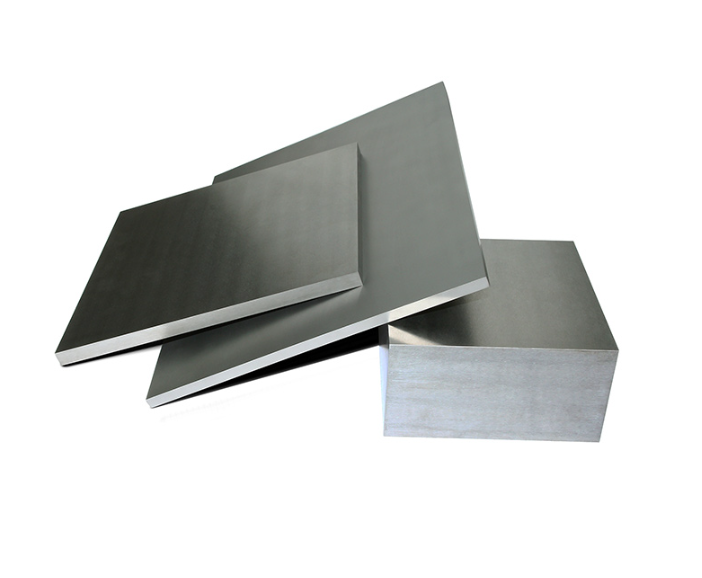
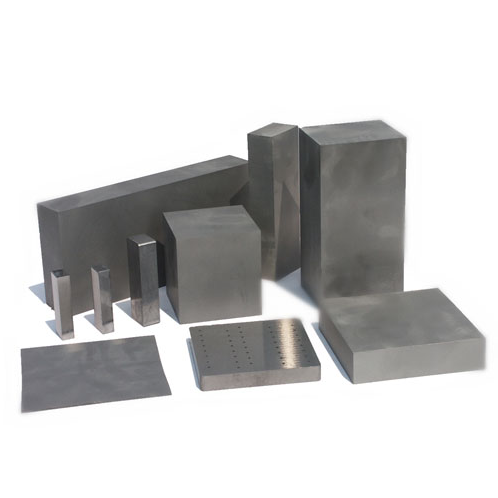
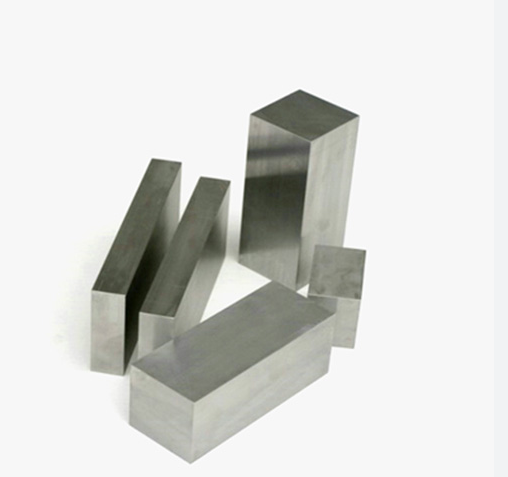
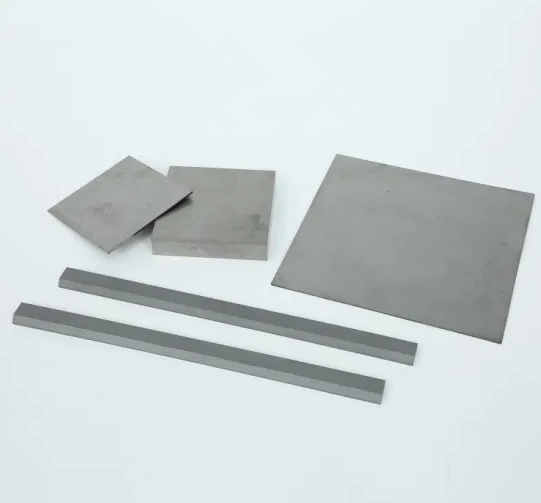
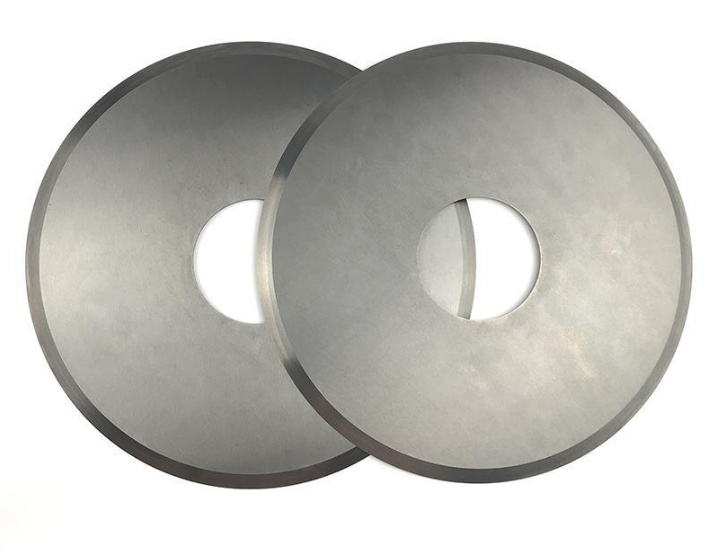

主な用途 自動車用超硬合金 産業
| 申し込み | 説明 |
|---|---|
| 切削工具と機械加工 | 超硬工具は、フライス加工、ドリル加工、自動車部品の精密切削に使用される。 |
| 金型 | 超硬金型は、自動車製造におけるプレス加工や成形加工の耐久性を高める。 |
| エンジン・コンポーネント | 炭化ケイ素部品は、燃焼室や排気システムの耐熱性を向上させる。 |
| ブレーキシステム | 炭化タングステンコーティングは、高性能ブレーキシステムの耐摩耗性を向上させます。 |
| サスペンション・システム | 超硬合金で強化された部品は、ショックアブソーバーとサスペンションアームの寿命を延ばします。 |
| ベアリング&シール | 超硬ベースのベアリングは、摩擦を減らし、回転部品の効率を向上させる。 |
| パワーエレクトロニクス | 炭化ケイ素はEVインバーターにとって極めて重要であり、電力効率と熱管理を向上させる。 |
自動車製造における超硬合金の利点
| メリット | 自動車産業への恩恵 |
|---|---|
| 極度の硬度 | 工具や部品の寿命と耐久性を確保する。 |
| 耐摩耗性 | 頻繁な部品交換の必要性を低減します。 |
| 耐熱性 | エンジンやEVパワーシステムなどの高温用途に最適。 |
| 精度と正確さ | 加工工程を強化し、車両部品の品質を向上。 |
| 軽量パフォーマンス | 車両の軽量化に貢献し、燃費を向上させる。 |
| 耐食性 | 過酷な環境にさらされる部品の寿命を延ばす。 |
今後の動向 自動車用超硬合金 産業
自動車業界は、超硬素材の採用増加により変革期を迎えている。将来を形作るいくつかのトレンドを紹介しよう:
- 電気自動車(EV)の拡大 - 炭化ケイ素はパワーエレクトロニクスに革命を起こし、バッテリー効率と充電速度を向上させている。
- アドバンスト・コーティング - 新しい超硬コーティングは摩耗を減らし、部品の寿命を延ばしている。
- 3Dプリンティングと積層造形 - 超硬合金ベースの粉末は、自動車用カスタム部品の最先端製造技術に使用されている。
- 持続可能性とリサイクル - 環境への影響を軽減するため、タングステンやその他の超硬材料のリサイクルに努めている。
こうした技術革新により、超硬合金は次世代の自動車に不可欠な素材となっている。

よくあるご質問
| 質問 | 回答 |
|---|---|
| 自動車産業における超硬棒の用途は? | 超硬ロッドは、高精度のドリル加工、フライス加工、切削加工に使用され、優れた耐摩耗性を保証します。 |
| ドリル加工に通常の鋼鉄ではなく超硬合金を選ぶ理由は? | 超硬合金は、非常に高い硬度、耐熱性、耐久性を備えており、自動車加工に最適です。 |
| 超硬合金はどのようにして穿孔効率を向上させるのですか? | 超硬工具は切れ味が長く維持されるため、工具の摩耗が減り、金属加工の精度が向上する。 |
| 超硬ロッドは、手動加工とCNC加工の両方に使用できますか? | はい、超硬ロッドは手動加工と自動CNC加工の両方に適しており、安定した性能を発揮します。 |
| 超硬ロッドは環境に優しい? | 多くの超硬ロッドはリサイクル材料から作られており、環境への影響を低減しています。 |

